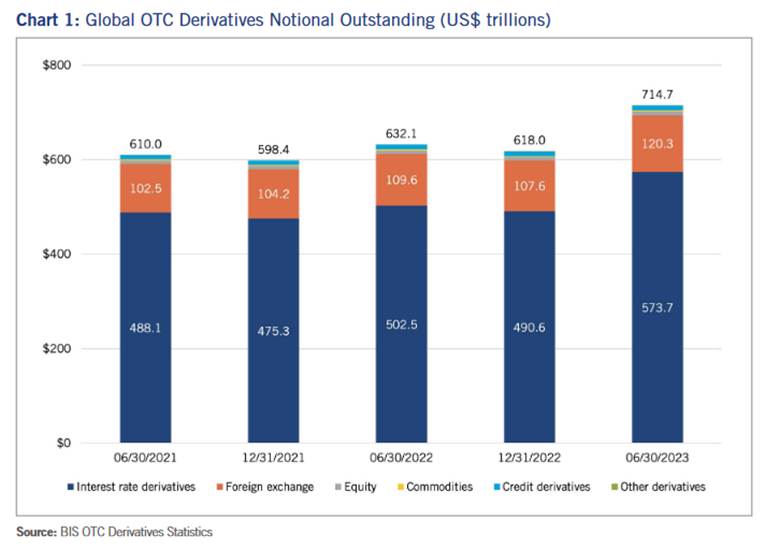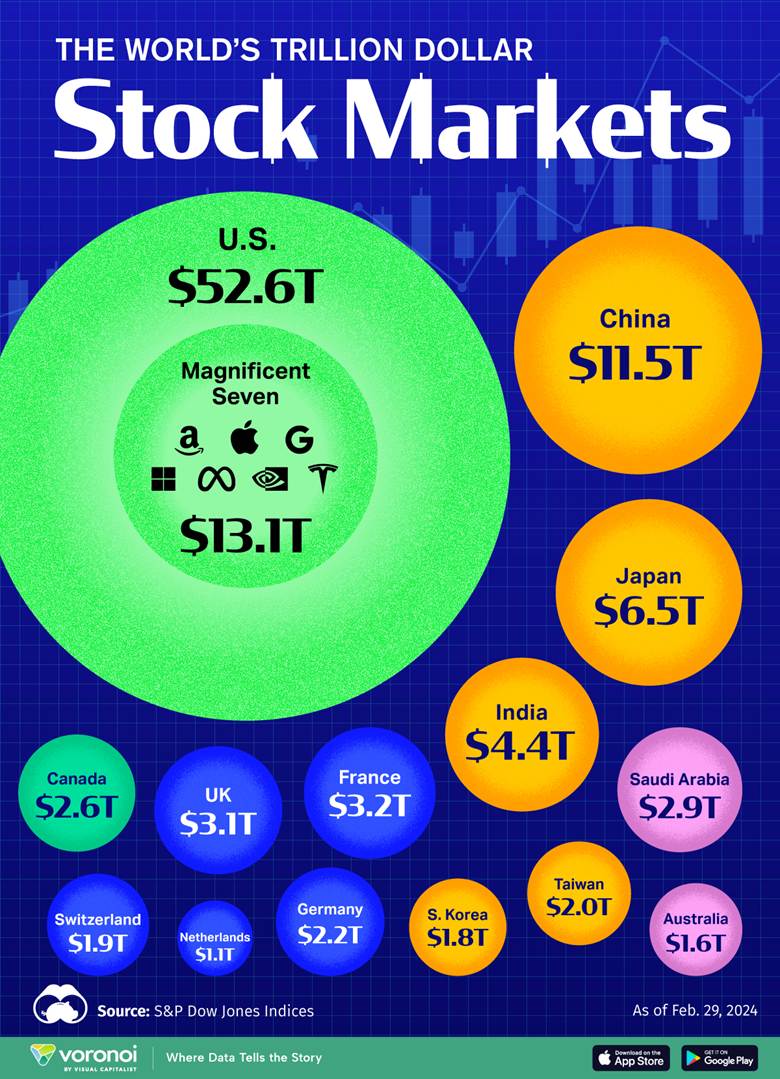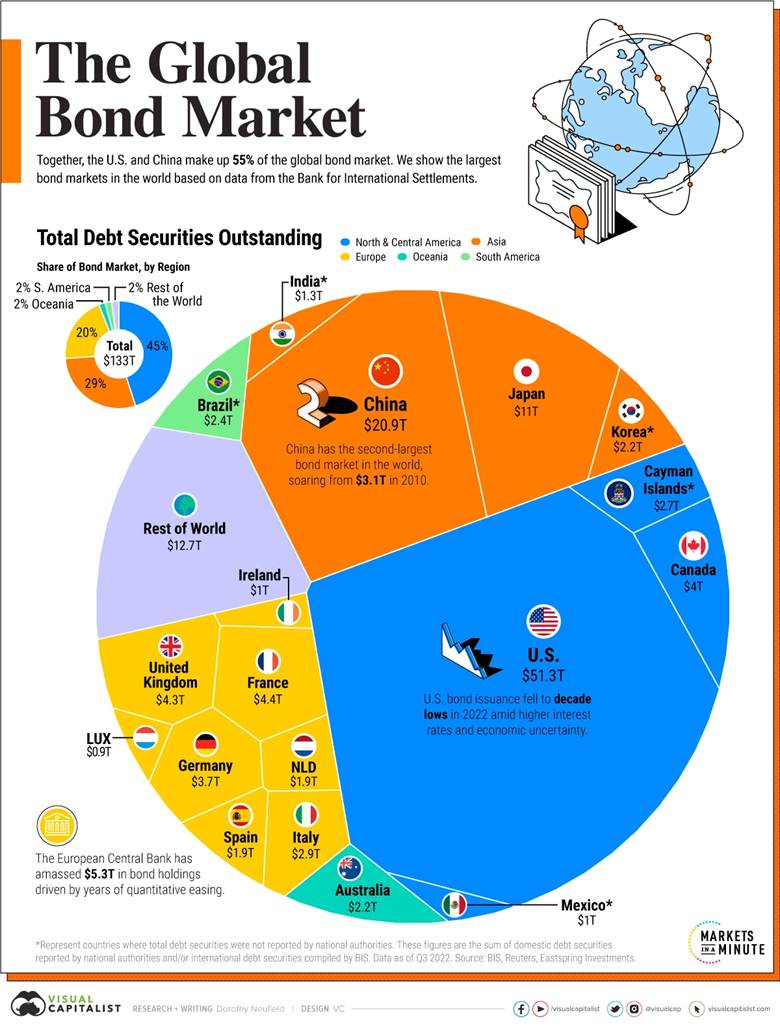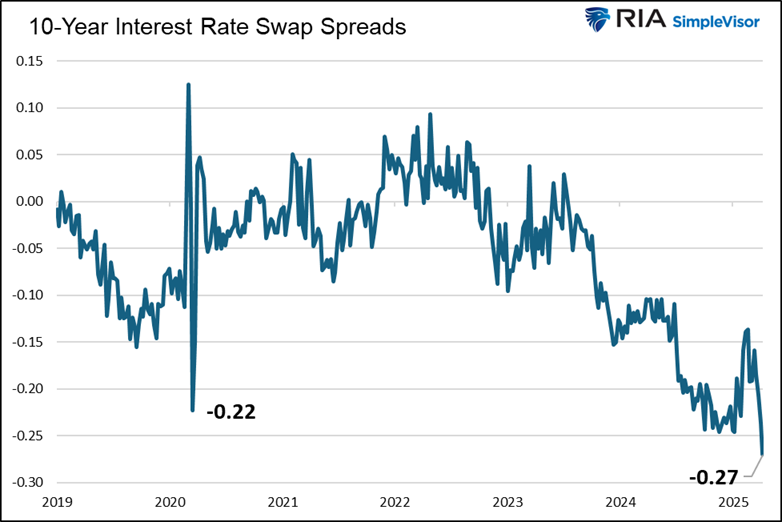United Homes Group stock plunges after Nikki Haley, directors resign
Extreme volatility in a highly leveraged financial system inevitably results in liquidity issues. Hence, recent instability is generating mounting signals that liquidity is becoming scarce. This is most evident in the sharp increase in risk-free Treasury yields over the last week. Before the yield surge, liquidity problem warnings appeared in lesser-followed places like Treasury basis trades and interest rate swap spreads.
As we have learned repeatedly, the Fed will take extensive emergency measures if it perceives liquidity problems. Even above their Congressional-mandated objective of managing employment and prices, the Fed’s top priority is preserving the banks.
Accordingly, following markets that can provide early notification of liquidity problems will go a long way toward foreshadowing the Fed’s next action and ultimately effectively managing wealth during this volatile period.
We start with a quick synopsis of Treasury basis trades. From there, we present interest rate swaps and what negative spreads tell us.
Treasury Basis Trades
Futures contracts let traders buy or sell an asset at a specific price for a future settlement date. Conversely, traders can buy or sell an asset for same-day or next-day settlement in the more popular spot/cash markets. The difference, or basis, between spot and futures prices is a function of borrowing costs and coupons or dividends on the spot security (cheapest to deliver instrument).
Any difference not attributable to those factors creates an arbitrage opportunity. The arbitrage is guaranteed to return to fair value by maturity, if not much sooner.
In a liquid environment, the ability to arbitrage non-fair value basis opportunities easily should result in the basis normalizing quickly. That is not occurring today. To appreciate the current circumstance, we share a simple example.
Assume the price of the cheapest-to-deliver spot bond trades one basis point (0.01%) below the futures price after adjusting for borrowing costs and coupons. A hedge fund noticing the differential might buy the Treasury bond and sell futures. To make the small potential gain worthwhile, they use leverage. The leverage, which could be over 20x and possibly up to 50x, boosts potential profits but introduces risk.
Now, assume the basis, or difference between the bond and futures contract, moves to five basis points the next day. The lender of the leverage to our hedge fund, likely a large bank, would demand enough collateral to cover the current loss and protect its interest. The hedge fund can supply cash or collateral to the bank. If not, it must sell some or all of the trade.
Liquidity And The Basis
If the basis moves further against the hedge fund, the potential arbitrage profit becomes more enticing. Accordingly, other hedge funds will put the same trade on if liquidity is plentiful, pushing the basis back to normal. However, in periods of illiquidity, few traders are willing or able to put the arbitrage trade on. Thus, margin calls can widen the basis and, in a circular fashion, force more hedge funds out of the trade.
Basis Trade Systematic Risks
There are two predominant risks with the Treasury basis trade going awry. First, highly leveraged hedge funds are active basis traders. Some of the hedge funds involved in these trades are massive. For example, Citadel, believed to be a prominent basis trader, has approximately $65 billion of assets under management.
Moreover, it’s estimated that they have an implied leverage of about 9x on that amount. If they were to fail, it could pose significant damage to their investors, including many large pension and endowment funds and sovereign wealth funds.
The second risk is to the banks lending to the hedge funds. Given that the leverage can be 20x or more on basis trades, a 5% loss can result in a 100% loss on the trade. Thus, banks exposed to hedge funds are indirectly on the hook.
Furthermore, if a hedge fund were to default due to a basis trade, not only would the basis trade loss impact the bank, but also many other non-related trades that would likely get forcibly wound down in adverse market conditions. If the hedge fund were big enough, we could be talking about another Lehman moment.
Does this sound far-fetched? In 1998, this situation brought the giant hedge fund, Long Term Capital Management (LTCM), to its knees and required a Fed-arranged bailout to save many large banks from substantial losses.
As we wrote in From LTCM to 1966:
LTCM specialized in bond arbitrage. Such trading entails taking advantage of anomalies in the price spread between two securities, which should have predictable price differences. They would bet divergences from the norm would eventually converge, as was all but guaranteed in time.
LTCM was using 25x or more leverage when it failed in 1998. With that kind of leverage, a 4% loss on the trade would deplete the firm’s equity and force it to either raise equity or fail.
The world-renowned hedge fund fell victim to the surprising 1998 Russian default. As a result of the unexpected default, there was a tremendous flight to quality into U.S. Treasury bonds, of which LTCM was effectively short. Bond divergences expanded as markets were illiquid, growing the losses on their convergence bets.
Further in the article:
Per Wikipedia: Long-Term Capital Management did business with nearly every important person on Wall Street. Indeed, much of LTCM’s capital was composed of funds from the same financial professionals with whom it traded. As LTCM teetered, Wall Street feared that Long-Term’s failure could cause a chain reaction in numerous markets, causing catastrophic losses throughout the financial system.
Given the potential chain reaction to its counterparties, banks, and brokers, the Fed came to the rescue and organized a bailout of $3.63 billion. A much more significant financial crisis was avoided.
Interest Rate Swaps
Before discussing interest rate swap spreads, we provide context for this market, which forms the foundation for all financial markets.
The graph below, courtesy of the International Swaps and Derivatives Association (ISDA), shows that interest rate swaps are the predominant type of OTC derivative, with an approximate notional value of $575 trillion.
For a proper framework, the approximate total market cap of the U.S. stock market is $50 trillion, and the global stock market, including the U.S., is about double that.
Furthermore, the global bond market is approximately $133 trillion. The graphics below, courtesy of the Visual Capitalist, provide more details on both markets.

The notional value of all outstanding interest rate swaps is about twice as large as the combined value of the global bond and stock markets!
Therefore, when the swap market talks, we listen!
What Are Interest Rate Swaps?
An interest rate swap is a derivative instrument, meaning its pricing is derived from another asset. Specifically, they are contracts in which two counterparties agree to swap streams of cash flows on a set schedule over a defined period.
The most common type of swap is where one party agrees to make periodic payments at a fixed interest rate and, in return, receives floating-rate payments. The other party receives the fixed payments and pays the floating rate. These swaps, often called plain vanilla or fixed-to-floating swaps, are the focus of this article.
Swap Market is Grumbling
To appreciate the current warning eminating from the interest rate swap markets, we start with a quote from Bloomberg’s article, Tariffs Turbocharge Collapse of Favored Hedge-Fund Rates Bet:
But the unraveling picked up abruptly in recent days as the intensifying trade war darkened the outlook for Corporate America, leading banks to sell Treasury holdings to raise cash to meet clients’ liquidity needs, traders say. At the same time, the lenders have been adding swaps contracts to maintain exposure to interest rates in the event of a bond rally. The result is that swaps have massively outperformed Treasuries, pushing swap rates far below Treasury yields.
In simpler terms, banks are forced to sell Treasury securities to raise needed capital, i.e., increase their liquidity. Doing so creates a duration mismatch between their assets and liabilities. Therefore, to manage interest rate risks, they enter into interest rate swap agreements to maintain the duration of their assets.
As the demand to receive the fixed rate mounts, the swap rate (rate on the fixed-rate leg of the swap) trades lower. Today, it sits below Treasury rates, thus at a negative spread to Treasuries.
Given that Treasury securities are risk-free, such an event is odd. The graph below shows that swap spreads are now more negative than during the initial days of the COVID crisis and preceding it in 2019 when the Fed cut rates to address liquidity issues.

The negative spreads inform us that cash bonds are likely being sold to raise cash, and swap agreements are being entered to maintain their long-duration exposure. Banks and others are selling bonds at higher yields to receive lower-yielding swap payments. Again, that is not a worthwhile trade unless you need liquidity and or capital relief.
Given the complexity of interest rate swaps and their importance to the plumbing of the entire financial system, we will discuss them further in a coming article.
Summary
If you recall, the Fed reduced the monthly amount of QT at the last Fed meeting. Even then, before the tariff volatility started, they sensed that liquidity was potentially becoming dear. We have little doubt the Fed is paying close attention to the sudden surge in bond yields and the basis trades and interest rate swap spreads we discuss.
The Fed will react if needed. Since the problem is liquidity and is not necessarily economic, the Fed would likely introduce a program allowing traders to offset basis trades with the Fed. This is similar to other programs that have been used to provide liquidity. Given the uncertain inflation outlook, we doubt they would cut rates unless necessary. They could end QT, but starting QE is doubtful unless the situation worsens significantly.
